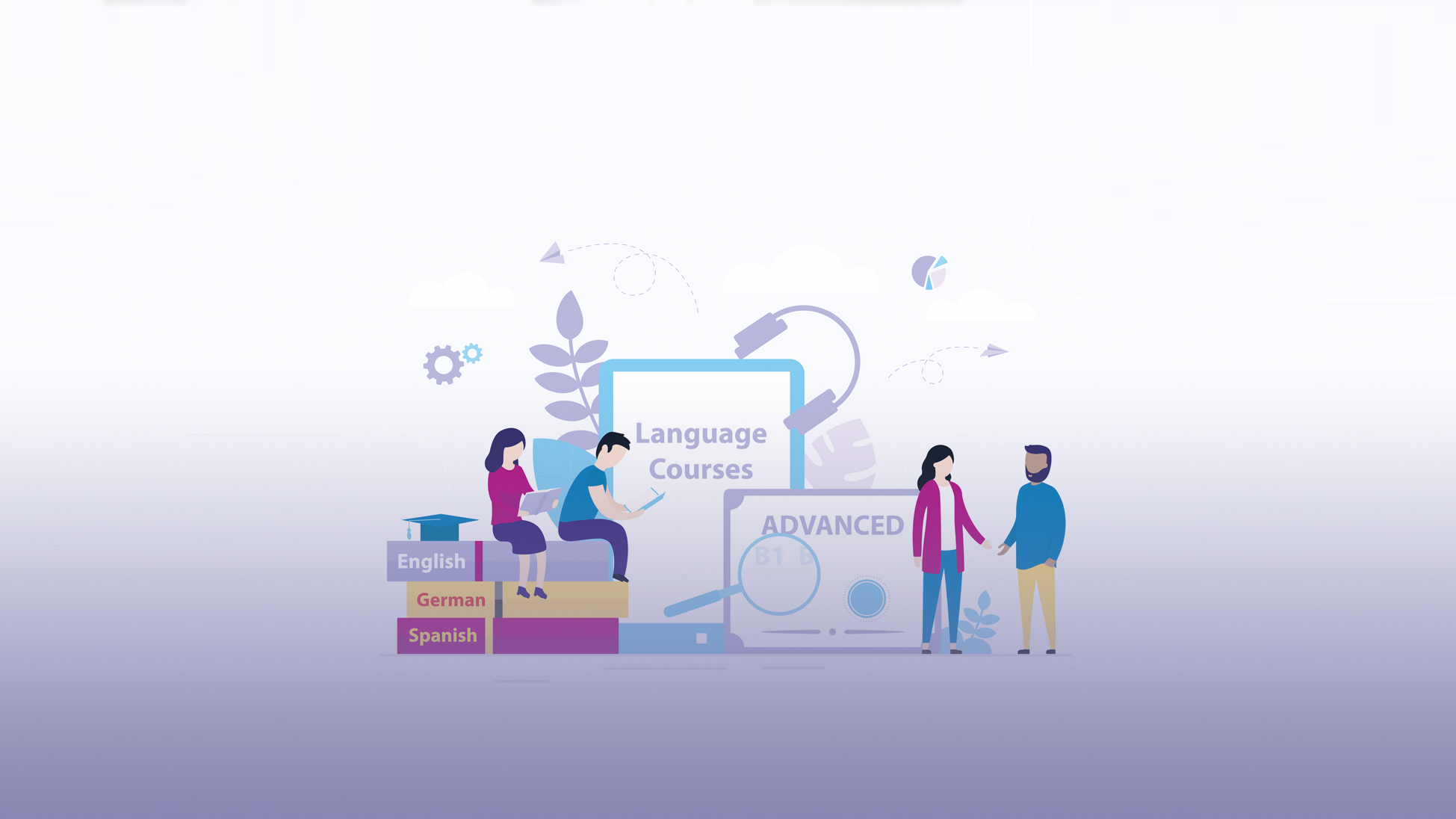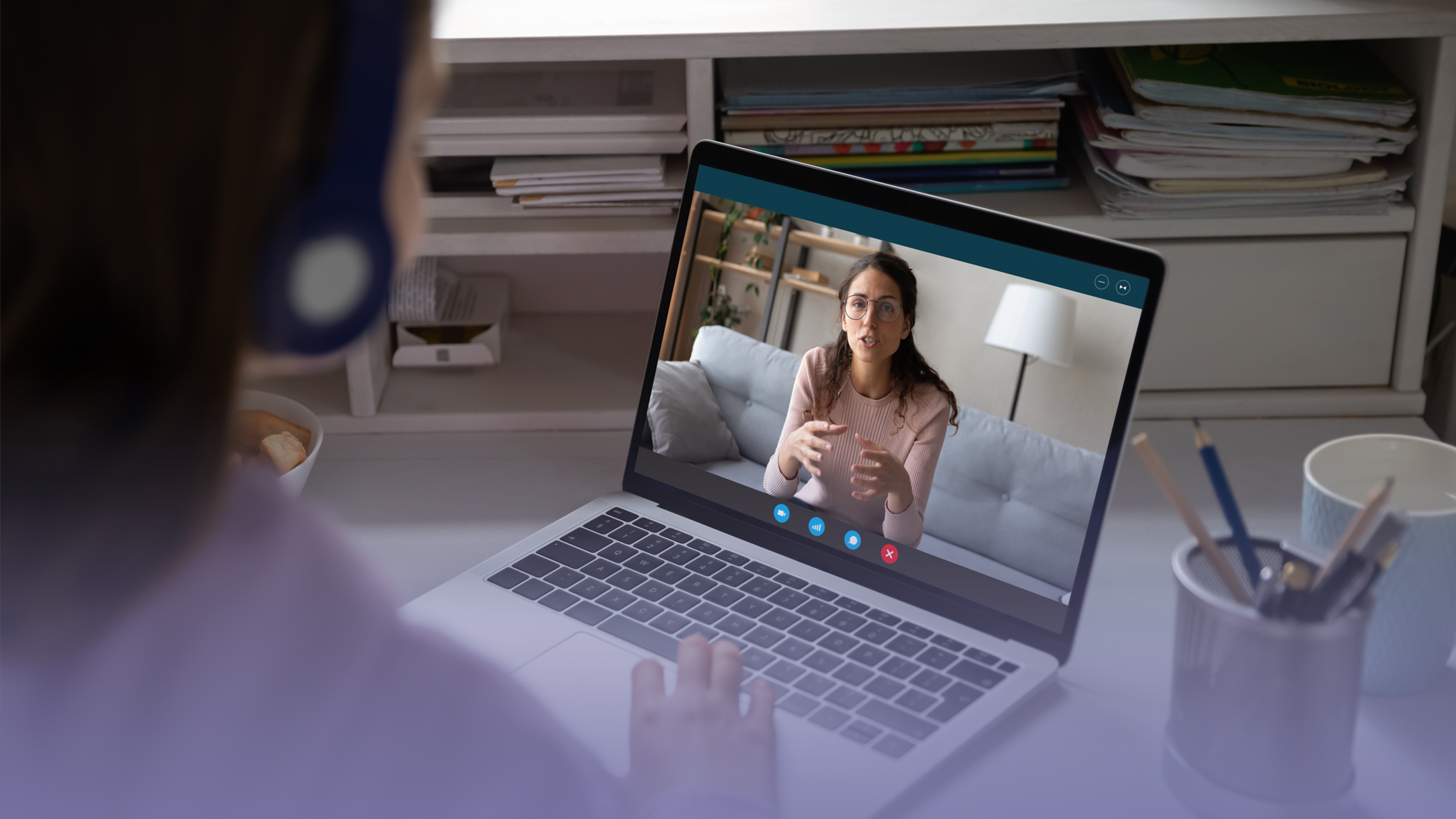
This transnational report presents the status quo of digital language teaching and the digital tools already in use in Austria, Italy, Greece, Finland and Spain, as well as a collection of good practices in the partner countries. In this first phase, teachers, language educators and language school directors contributed directly to the research activities by participating in structured online surveys, semi-structured interviews and focus groups. Additional desk research helped to gather further examples of good practice.
➜ Transnational Report
➜ Collection of Good Practices
➜ Interview and Focus Group Guide

Our 10-part Digital Language Education course cover the topics that language teachers told us they most needed extra training in. Take the whole course, or focus on the learning units that are of most value to you. Not sure what you should study? You can use the self-reflection tool to help you decide.
➜ Didactic Concept
➜ Online course
➜ Course contents for download as PDF
➜ Curriculum

50 questions to help you reflect on your own skills and knowledge in the field of digital language teaching. Use it to help you decide where you need extra training, and which learning units in the online course would be of most value to you.
➜ Self-reflection tool
➜ Manual

Our „Massive Open Online Course“ (MOOC) provides practical demonstrations of how to use digital tools to create and share resources and activities in the language classroom.
In total there are 7 modules:
1) Learning Videos and Screen casting
2) Mind Maps, Flashcards and Comics
3) Audios, Subtitles and Podcasts
4) Learning Games
5) Assessment: Testing and Test Development
6) Helping students create their own resources
7) Selfcare: Mental and Physical Health as a Language Teacher
Take a look and learn something new!
➜ MOOC

If you are interested in more information about the project, please feel free to take a look at our flyer.
➜ FYLER
xx



